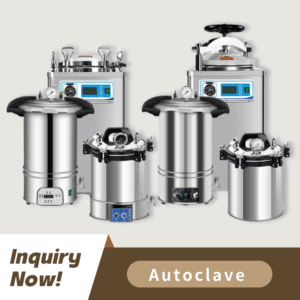
The elimination of microbial life during surgical instrument sterilization is essential to maintain effective infection control protocols.
Improper sterilization practices expose healthcare facilities to cross-contamination risks and potential legal consequences.
Sterilization technology has advanced from traditional autoclaves to modern plasma sterilizers while maintaining crucial relevance for distribution partners.
Surgical instrument cleaning begins with immediate rinsing after use to minimize microbial burden buildup.
Manual vs. Automated Cleaning:
Manual Scrubbing: Methods for sanitizing surgical tools featuring complex designs.
Automated washing systems enhance consistency while simultaneously cutting labor expenses for surgical tool cleaning.
ATP testing alongside visual inspections form the core components of cleaning validation processes.
Autoclaving uses temperature control and pressure cycles to optimize the sterilization process of surgical instruments.
Healthcare facilities utilize ethylene oxide (EtO) and hydrogen peroxide plasma to sterilize heat-sensitive surgical instruments at low temperatures.
The sterilization field is seeing advances with UV-C light and ozone-based systems as green solutions for surgical instruments.
The negative effects of incorrect washing techniques on surgical instruments result in damage to both stainless steel and titanium tools.
Effective cleaning protocols are necessary for lumened devices and robotic surgery instruments due to their complex structures.
Meeting FDA, ISO, and AAMI regulations requires careful navigation during surgical instrument cleaning processes.
The practice of efficient surgery instrument cleaning reduces future financial burdens.
Our durable instruments designed for autoclave compatibility stand out to procurement teams through product differentiation.
Our sustainability programs focus on reusable surgical tools and environmentally friendly cleaning solutions for instruments.
Autoclaves equipped with IoT technology deliver real-time monitoring for surgical instrument sterilization.
AI systems enable quality control through predictive maintenance and optimization of sterilization cycles.
Biodegradable detergents designed for cleaning surgical instruments represent a sustainable advancement in Green Chemistry.
Surgical instruments sterilisation combined with surgery tool cleaning processes constitute the foundation of healthcare safety. Medical distributors must adopt advanced technologies and understand regulatory landscapes while emphasizing client education to maintain a competitive edge. Forming partnerships with manufacturers focused on quality and innovation enables medical distributors to establish their offerings as essential tools for hospitals and laboratories.
Q1: What’s the difference between cleaning and sterilizing surgical instruments? A1: Cleaning surgery tools removes visible debris, while sterilization surgical instruments eradicates all microbial life. Both are essential for infection prevention.
Q2: How often should autoclaves be maintained for optimal performance? A2: Monthly validation and annual professional servicing ensure reliable sterilisation of surgical instruments.
Q3: Can all surgical instruments undergo autoclaving? A3: Most stainless-steel tools are autoclave-safe, but heat-sensitive items require low-temperature sterilization surgical instruments methods.
Q4: What certifications should distributors look for in surgical instruments? A4: Prioritize ISO 13485 (medical devices) and AAMI ST79 (sterilization) compliance for surgical instrument cleaning products.
For cutting-edge surgical instruments and sterilization solutions tailored to your clients’ needs, reach out to our team:
Email: inquiry@shkeling.com
WhatsApp: +86 182 2182 2482
Website: https://autoclaveequipment.com/
Let Keling Medical empower your supply chain with reliable, compliant sterilization and cleaning technologies.

Sterilization serves as an essential element of infection control practices both in healthcare facilities and laboratory environments. Autoclave sterilization through steam proves effective for many applications but proves suboptimal in
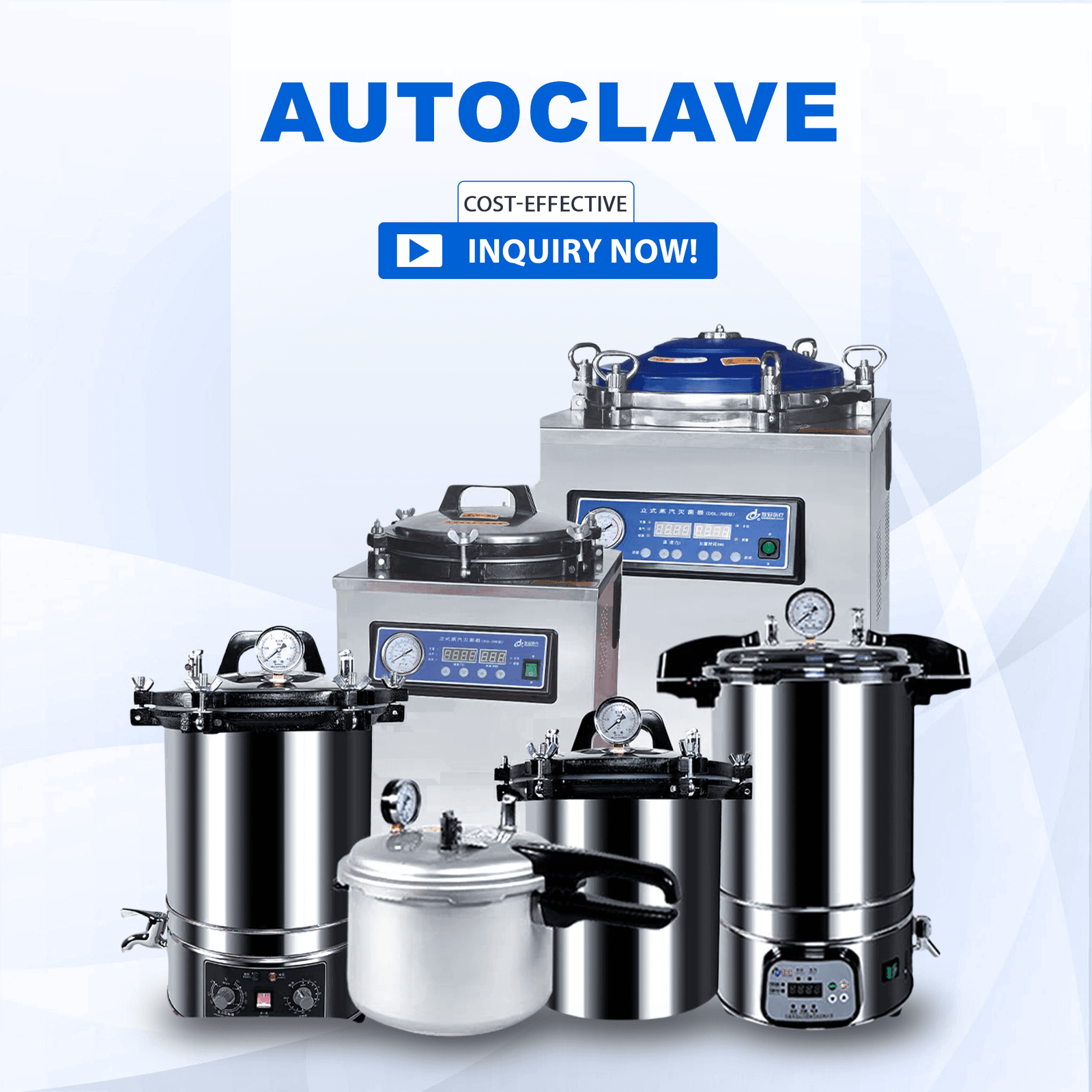
Medical professionals worldwide trust autoclaves as essential tools for ensuring the safety and sterility of medical instruments. Medical device distributors and procurement specialists need to understand autoclave principles and benefits

Healthcare advancements make it essential to keep medical instruments safe and sterile at all times. Medical device distributors, dealers, and procurement professionals must understand sterilization methods to operate effectively. The
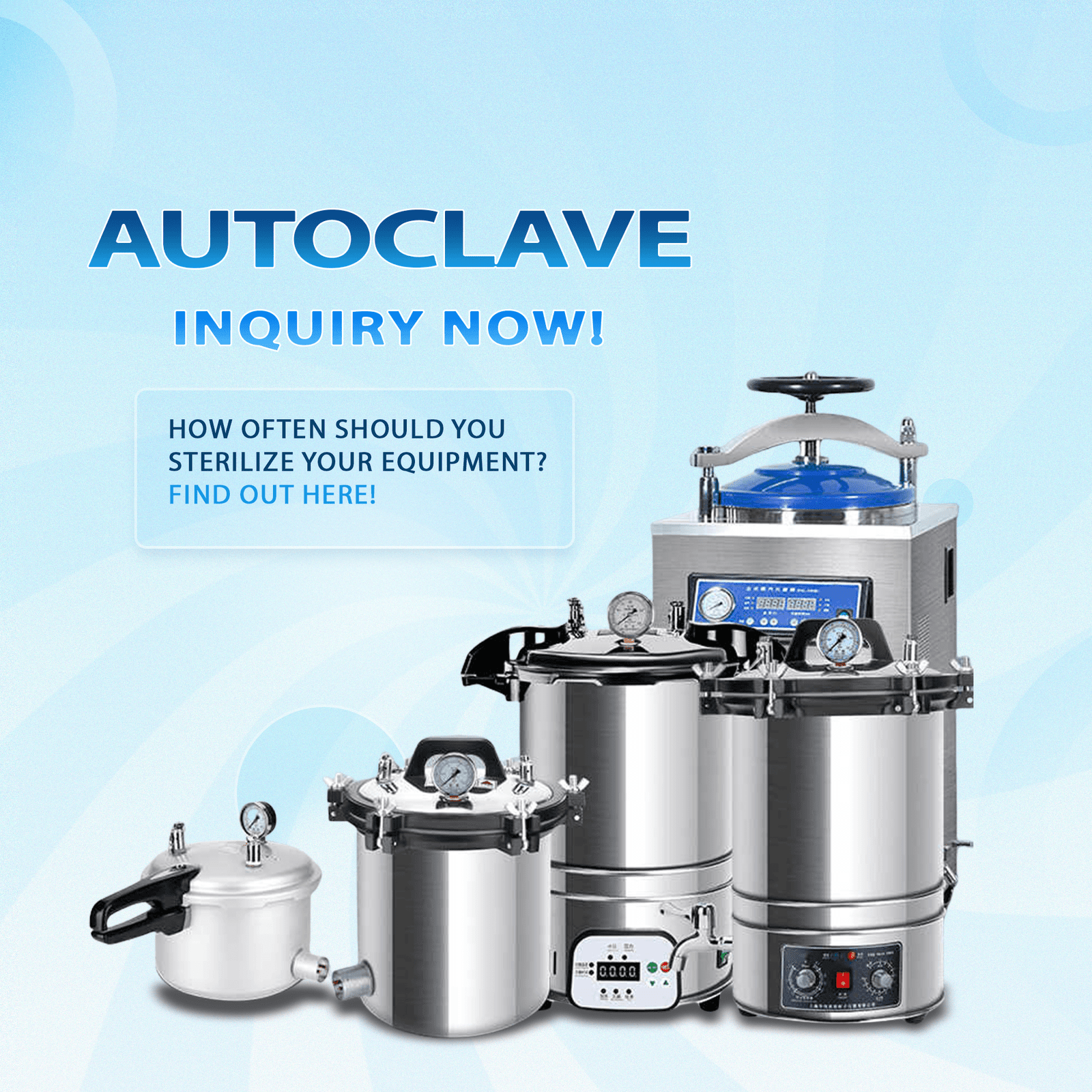
Medical device and instrument sterilization requires autoclaves because they protect patient safety and facilitate compliance with regulatory standards. The most sophisticated autoclave systems still experience certain limitations. Medical device distributors,
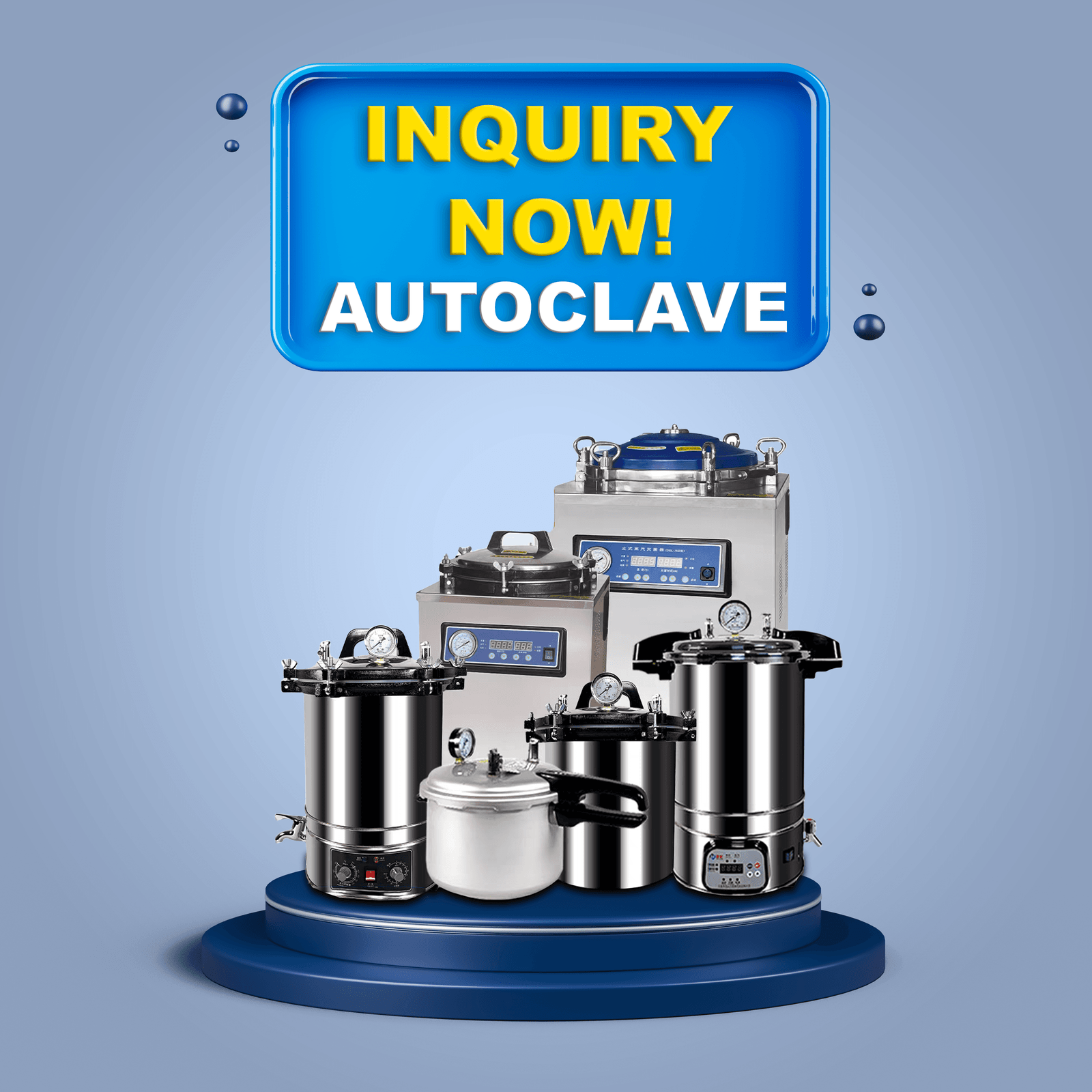
In medical device manufacturing autoclaves act as essential equipment because they deliver consistent sterilization across various instruments and materials. Autoclaves utilize high-pressure saturated steam to eradicate bacteria, viruses, fungi, and
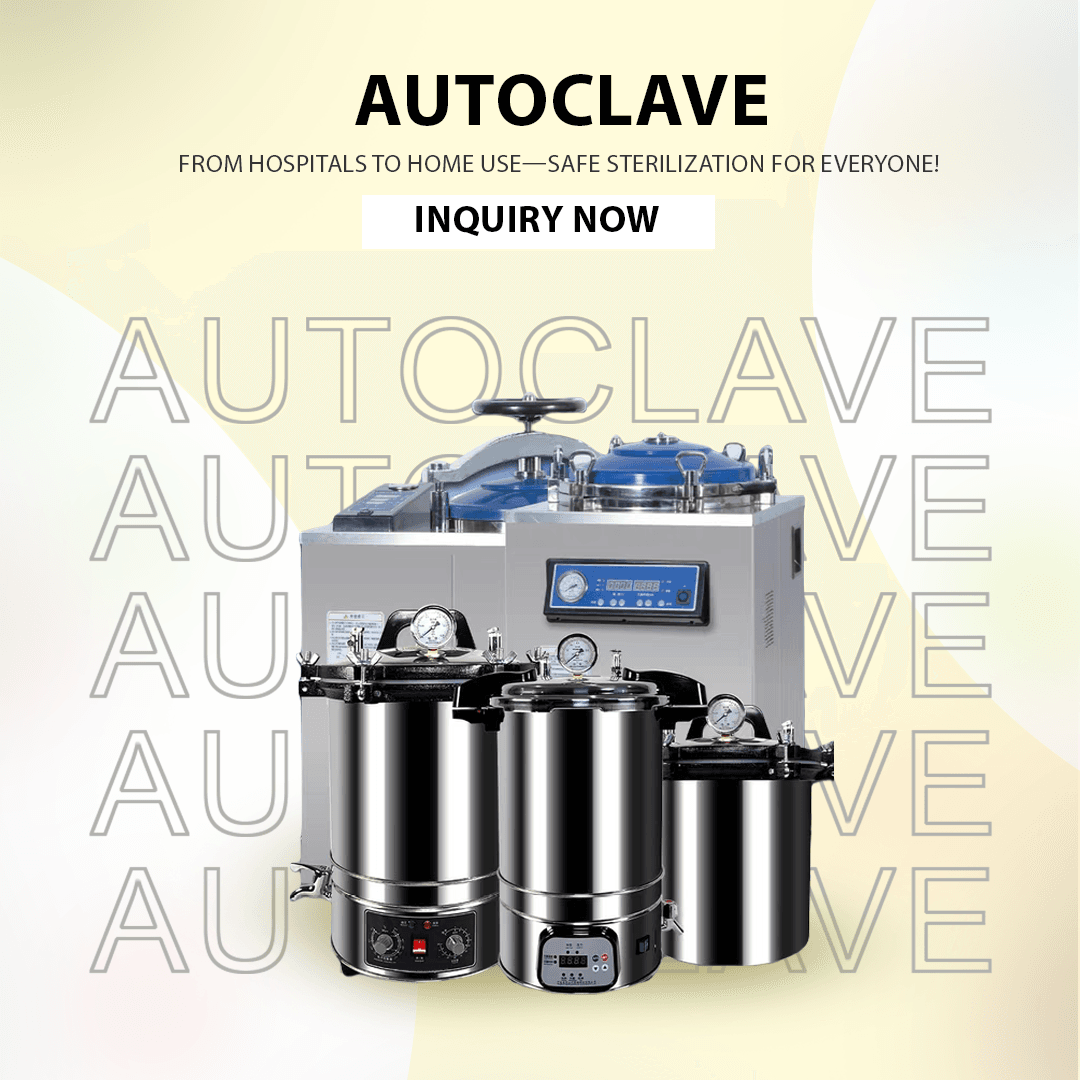
Autoclaves serve as crucial devices in healthcare and scientific settings by consistently sterilizing instruments and materials. Medical equipment distributors along with dealers and procurement professionals need to keep autoclaves functioning